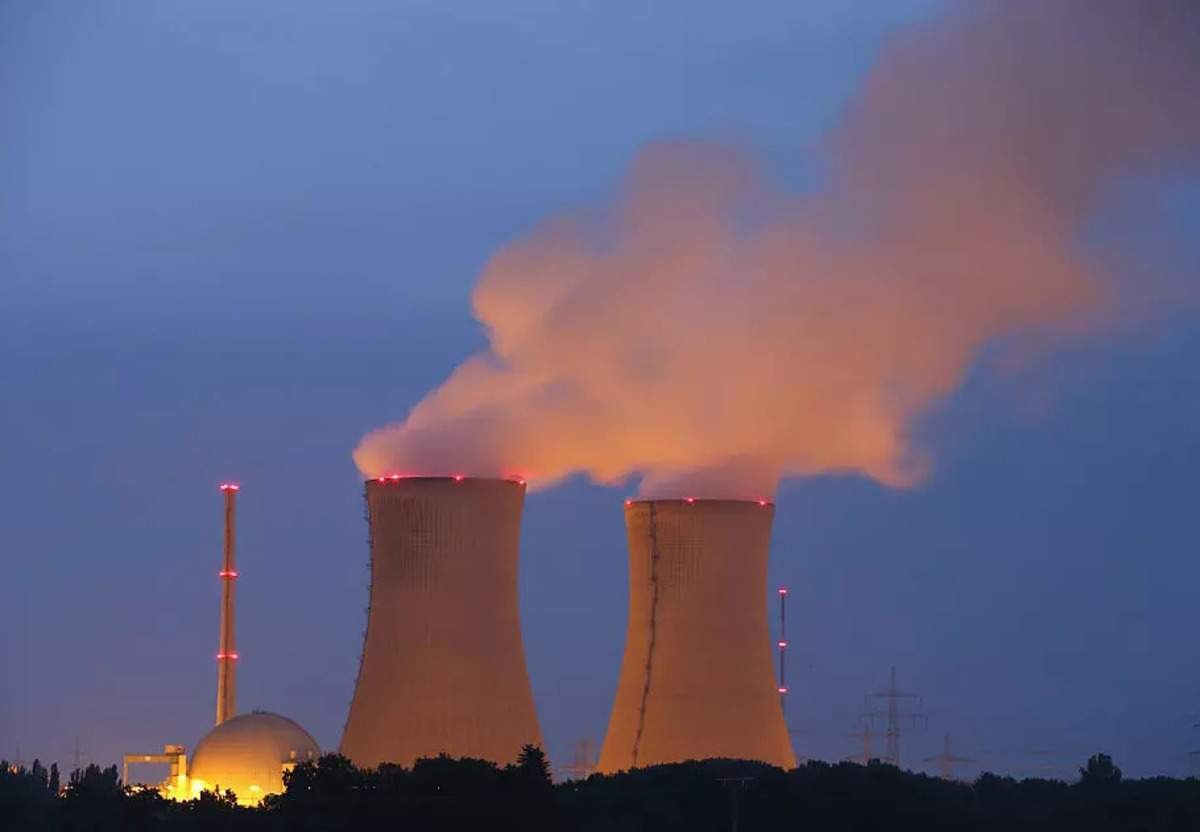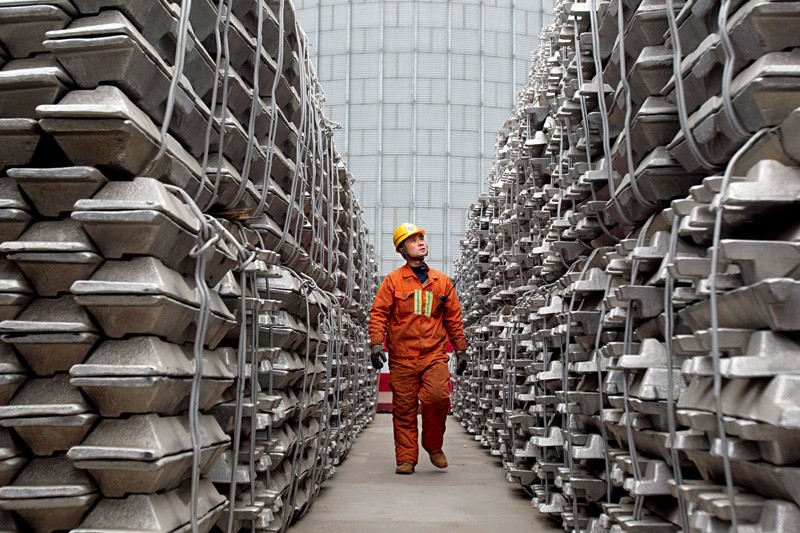The Chinese power intense metals manufacturing sector straps under the oppression of a national power catastrophe, while the govt. sustains a restriction on smelting to achieve emissions targets.

Besides the retrench of magnesium production, the other most power-intensive metal aluminium manufacturing sector in China has encountered a 2.3 million tonne downfall since the outset of the energy crisis in September 2021, when extensive power restriction dashed the nation during a rally to slash carbon emissions and diminish power generation.
The price of aluminium touched and crossed $3,000 per tonne to a 13-year high in October 2021, the highest mark since 2008. However, before attaining the milestone, aluminium was usually priced in between $1,500 to $2,000 per tonne, though it has cooled to $2,704 per tonne on 28th October 2021.
The knock to the world’s largest aluminium supplier’s production did not emerge overnight, as it was slipping since China’s energy distress initiated to hinder upon them from the previous year. It is not very uncommon to experience blackouts in China during the peak power-usage seasons, as energy consumption during the last winter outstripped that of the summer months for the first time in about 10 years. Furthermore, it has been revealed that more than a dozen cities across several provinces set restrictions on electricity usage for factories.
The mentioned blackouts were pursued from time to time across the year, until September 2021 when power restriction measures were imposed in more than half of China’s provinces.
Now, the analysts dealing in the industry anticipate aluminium production to continue to fall in the coming months, not only due to ratified power crisis but because the Govt. of China has tightened on surpassing aluminium smelting.

On 26th October 2021, the plan to peak carbon emissions by 2030 by the State Council of the People's Republic of China was released, while analysts quoted it signified more shortfalls nearing.
Warren Patterson and Wenyu Yao, ING Economics’ commodities strategists said: “According to the newly released document, China’s government calls for more efforts to achieve the goal of peak carbon emissions for major industries, including non-ferrous metals, steel and petrochemicals.”
“It continued to highlight the resolution to cap aluminium capacity. It called for strictly enforcing capacity swaps in primary aluminium smelting, and for more recycling.”
“Despite the ongoing power crunch leading to curtailments on more than 2 million tonnes of [aluminium] capacity, the long-term goal in carbon emissions should maintain a cap on primary supply growth.”
“This leads to a high conviction that China’s primary aluminium supply growth will peak before 2025, which is also the year China’s industry association proposed that the aluminium industry will achieve peak carbon emissions.”
However, it is also unveiled aluminium smelting in many Chinese regions, comprising Inner Mongolia, Guizhou, Henan, Qinghai, Guangxi, Yunnan and Ningxia has been cuffed by power and production axed down in 2021, even before the recent energy crisis.
Shaanxi’s Yulin city in September 2021, magnesium producing region has undergone power cut by 50%. Worldwide, those who rely on stable aluminium supply are acutely disquieted.
Mike Keown, CEO of Commonwealth Rolled Products, said at the world’s largest aluminium conference, Harbor’s 13th Aluminium Summit: “For us, it’s been a mess and as we look ahead to 2022. We don’t see this going away any time soon, unfortunately.”
“We think it’s just begun. It’s kept our head on a swivel this entire time”, he added.
source https://www.alcircle.com/news/china-plans-to-peak-carbon-emissions-by-2030-more-shortfalls-anticipated-industry-analysts-71747

Comments
Post a Comment